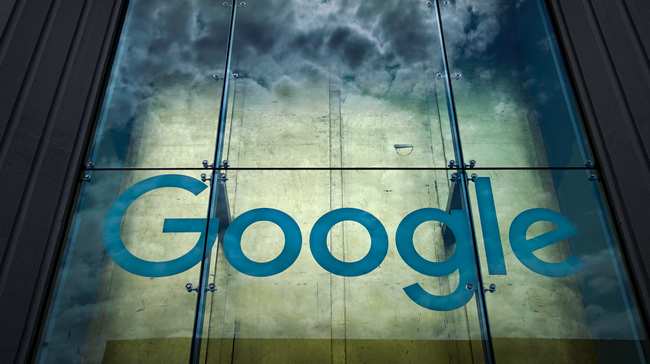
Starting at around 3:30 EST on Sunday, a problem with Google’s cloud services triggered a massive disruption that rippled across the internet. According to the company’s own G Suite Status Dashboard, the Sunday outage at one point disrupted nearly every service Google offers in the US and Europe ranging from Gmail to Google Docs. “The network congestion issue in eastern USA, affecting Google Cloud, G Suite, and YouTube has been resolved for all affected users as of 4:00pm US/Pacific,” Google said in a statement.
The cloud outages impacted more than just Google services. Any services that leaned on Google’s cloud lost functionality, including Shopify, Snapchat, Discord, and even Rocket League game servers. Many Apple cloud-based services were also hampered by the outage, including iCloud Mail, iCloud Drive, and iMessage. Sunday’s issues once again highlighted how fragile the modern internet really is, and how reliant we are on Amazon (AWS), Microsoft (Azure), and Google (Google Cloud), who collectively dominate the $70 billion cloud computing market. The outage also again showcased that however carefully engineers may plan, having a centralized point of failure will inevitably cause headaches—especially when you’ve trusted your entire backend computing power or storage to just one company.
In 2017, for example, a few arrant keystrokes by an Amazon employee crashed numerous servers at an Amazon data center in Northern Virginia, triggering rolling outages for services ranging from Slack to Quora. Google executives used that outage to heavily market itself as a more reliable alternative to Amazon and Microsoft cloud services. This consolidation is proving particularly troubling in the internet of things era, when every device and service in the home is now tethered to the internet, often with only paper-thin security protections. When everything from your baby monitor to your smart door locks requires cloud connectivity to function fully, the potential for disruptive headaches has only grown.
While such outages tend to be rare, they’re still annoying. Especially if you’ve placed your entire workload in the cloud. In June of last year, Google’s Home and Chromecast services suffered a prolonged outage that rendered the company’s smart technology useless. Similar recent outages have plagued both YouTube and Gmail. It’s indisputable that the rise of cloud computing has resulted in some amazing technical advancements and increased overall convenience. But reliability remains an issue, something that looms large as Google ponders the launch of services like Google Stadia, its cloud-based gaming platform intended to replace clunky but reliable physical media. Countless researcher hours have been spent attempting to minimize the risks inherent in cloud outages and centralized points of failure, something that’s very clearly still a work in progress. Ultimately however, these outages tend to offer a steady reminder on how sometimes dumber, simpler tech may sometimes be the smarter option in the always online cloud era. For example, a traditional door lock may just be the wiser choice when studies show 75 percent of Bluetooth smart locks can be hacked. A traditional thermostat may just be the wiser choice if your “smart” thermostat can lose functionality during an outage or even be hijacked by ransomware.
Google didn’t provide a comprehensive answer for what went wrong, but stated one would be forthcoming after an inquiry. “We will conduct an internal investigation of this issue and make appropriate improvements to our systems to help prevent or minimize future recurrence,” the company said. “We will provide a detailed report of this incident once we have completed our internal investigation.”



